Why Sterilization Method Choice Matters
High-Stakes Sterility in Modern Healthcare
In the healthcare and life sciences industries, sterility isn’t just a compliance checkbox—it’s a non-negotiable safeguard. For manufacturers of medical devices, pharmaceuticals, and surgical instruments, the choice of sterilization method directly impacts patient safety, regulatory approval, and operational costs. A single recall due to sterilization failure can lead to millions in losses, regulatory sanctions, and damaged trust. This makes selecting the right sterilization process a critical decision with long-term implications.
Common Technologies on the Market
Several sterilization methods are commonly used today: steam autoclaving, gamma radiation, electron-beam (e-beam), hydrogen peroxide plasma, and ethylene oxide (EO/ETO) gas sterilization. Each has its niche, but ETO sterilization continues to dominate when it comes to complex, heat-sensitive, or moisture-intolerant products—especially in the medical-grade manufacturing space. In the sections below, we’ll explore why EO remains the gold standard for many industrial applications.
Understanding Ethylene Oxide (EO) Gas Sterilization
How the EO Process Works
Ethylene oxide gas sterilization is a low-temperature sterilization method ideal for materials that cannot withstand high heat or moisture. The process involves several key steps:
- Pre-conditioning: Products are humidified and warmed to ideal conditions.
- Gas injection: EO gas is introduced into the sealed sterilization chamber.
- Exposure phase: The gas penetrates packaging and product surfaces.
- Aeration: Products are ventilated post-sterilization to safely remove residual EO.
This multi-phase cycle ensures uniform penetration and microbial kill, including bacteria, fungi, and resistant spores.
Global Standards & Acceptance (ISO 11135, FDA, CE)
EO sterilization is globally recognized and regulated under ISO 11135 and widely accepted by agencies like the FDA and CE marking authorities. This high compliance credibility gives manufacturers peace of mind when undergoing audits or market approvals. It’s particularly important for companies exporting globally or submitting products for regulatory review across multiple regions.
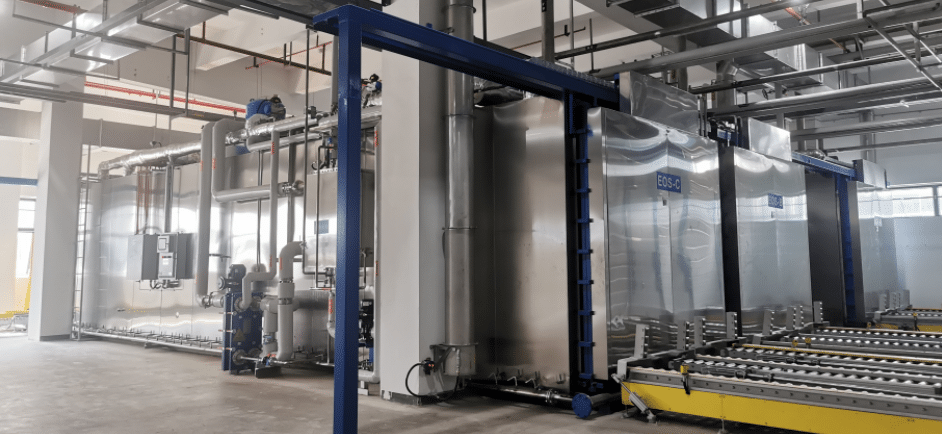
Core Advantages of EO Gas Sterilization
Broad Material Compatibility
EO sterilization is compatible with a wide range of materials—including plastics, elastomers, electronics, and lumened devices. Unlike steam or gamma, EO does not cause heat deformation, moisture warping, or material brittleness. This makes it ideal for:
- Catheters with small lumens
- Pre-filled syringes
- Surgical instrument kits with multiple materials
Deep Penetration & Uniform SAL 10⁻⁶
Thanks to its gaseous form, EO can penetrate porous packaging and complex geometries, ensuring a validated sterility assurance level (SAL) of 10⁻⁶. This level means there’s less than a one-in-a-million chance of a viable microorganism surviving—a requirement for high-risk medical applications.
High Batch Throughput & Scalability
Modern EO systems support large chamber volumes, multi-chamber configurations, and automated conveyor lines. This makes the process suitable for both small-scale laboratories and high-throughput manufacturing plants. Scalable design enables facilities to grow capacity without changing sterilization protocols.
Validation & Documentation Efficiency
EO cycles are highly repeatable. Once validated, cycles can be released based on parametric release (critical parameters like gas concentration, temperature, and humidity), reducing the need for biological indicator testing every time. This streamlines both regulatory audits and internal quality assurance workflows.
Flexible Package & Product Design Freedom
Because EO works at low temperatures and penetrates packaging easily, it frees product designers from having to engineer devices around sterilization limitations. From combo kits to implantables, EO supports innovation in form factors and packaging choices that wouldn’t be feasible under other methods.
EO vs. Alternative Sterilization Methods
Efficacy & Compatibility Matrix
| Criteria | EO Gas | Steam Autoclave | Gamma Radiation | Hydrogen Peroxide |
|---|---|---|---|---|
| Temperature Range | 37–63°C | ≥121°C | Ambient | 45–50°C |
| Material Compatibility | Excellent | Limited | Fair | Fair |
| Penetration Through Packaging | Excellent | Poor | Good | Limited |
| Regulatory Acceptance | Global (ISO/FDA) | Global | Global | Limited |
| Suitable for Complex Devices | Yes | No | Limited | No |
EO excels in compatibility and penetration, especially for sensitive and complex products.
Cost-per-Cycle & Total Cost of Ownership
Though EO systems require more setup and safety controls, they often deliver lower costs per unit over time due to high throughput and scalability. Key factors:
- Lower energy usage than steam or radiation
- Reusable sterilization cycles
- High chamber capacity
- Less product rework from material incompatibility
This makes EO attractive not just from a performance standpoint, but also from a total cost of ownership (TCO) perspective.
Environmental & Worker-Safety Controls
Modern EO systems are equipped with scrubbers, catalytic oxidizers, and real-time emission monitoring to comply with OSHA exposure limits and environmental regulations. Facilities can meet stringent air quality and workplace safety standards while operating EO lines.
Managing Risk: Residuals, Emissions & Compliance Best Practices
Residual EO Removal & Aeration Strategies
Residual EO on products is managed through post-sterilization aeration, governed by time and temperature curves. Dedicated aeration chambers and monitoring protocols ensure safe residual levels, especially for implantable or pediatric devices.
Emission Abatement Technologies
To minimize environmental impact, EO sterilizers integrate:
- Nitrogen dilution systems to reduce EO concentration
- Acid scrubbers to neutralize exhaust gases
- Continuous emissions monitoring systems (CEMS) to ensure real-time compliance
These technologies support cleanroom operation and regulatory confidence.
Documentation for Audits & QS/ISO Systems
EO sterilization integrates seamlessly with quality systems and ISO protocols. Facilities can maintain:
- Batch-level sterilization records
- Periodic dose audits
- Process trend data for validation and requalification
This simplifies inspections and strengthens documentation trails for compliance teams.
Decision Framework: Is EO Right for Your Facility?
Key Evaluation Criteria
To assess EO suitability, consider:
- Product types (sensitive vs. durable)
- Required throughput and chamber volume
- Export regions and regulatory demands
Selecting a Proven EO Sterilizer Partner
When choosing a supplier, look for:
- CE/ISO certifications
- After-sales field support
- Training for operators
- Customization capabilities for different chamber sizes and integration
These factors ensure a smooth implementation and long-term reliability.
Key Takeaways Recap
- EO is a low-temperature sterilization method ideal for sensitive products
- Offers unmatched material compatibility and deep packaging penetration
- Supports high throughput, regulatory compliance, and documentation
- Outperforms alternatives in TCO and design flexibility
Have questions about how ethylene oxide gas sterilization could benefit your facility?
Leave a comment below to join the conversation,or
Contact us directly to discuss your sterilization needs with our technical team.


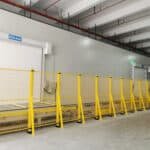




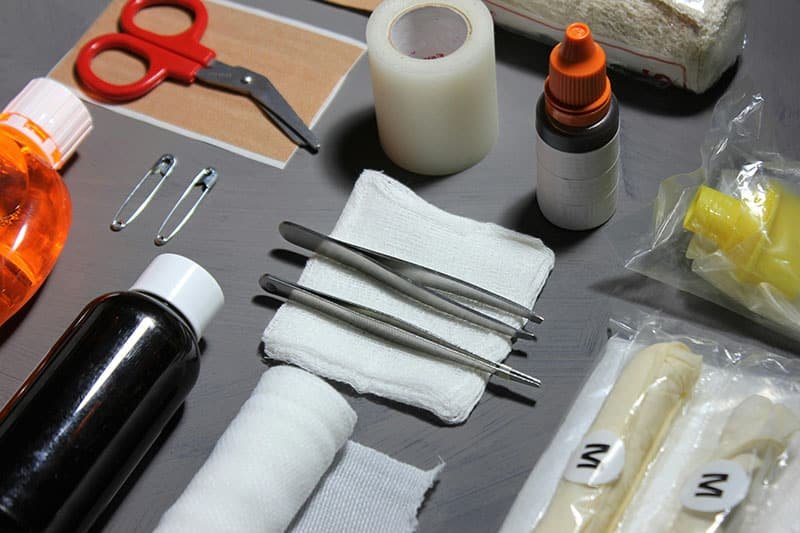
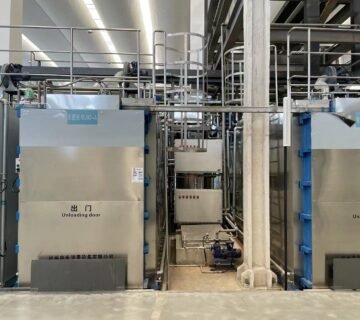
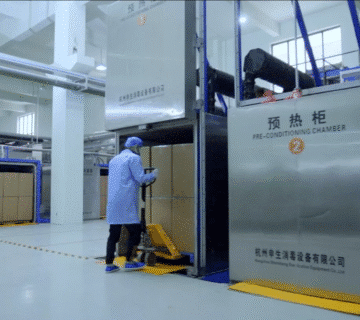
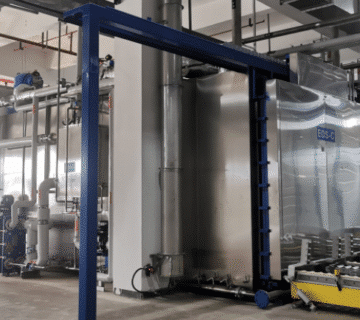
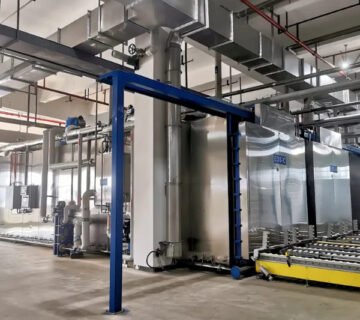
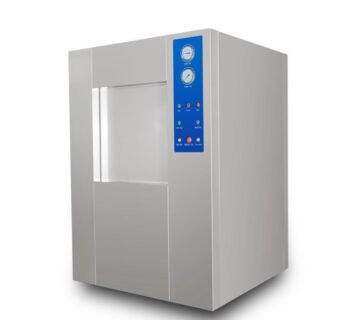
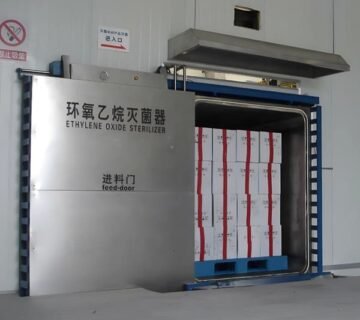
No comment